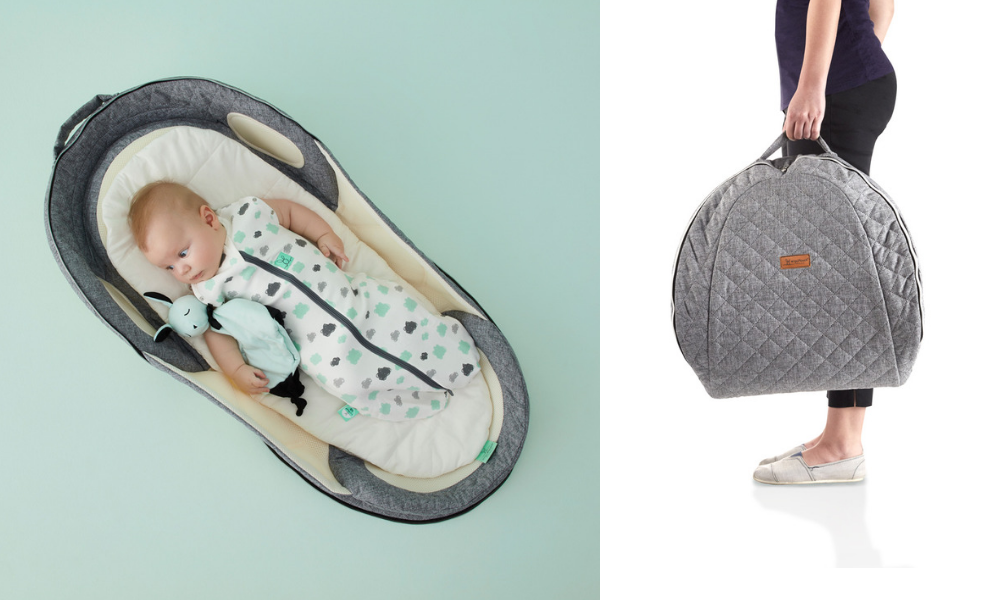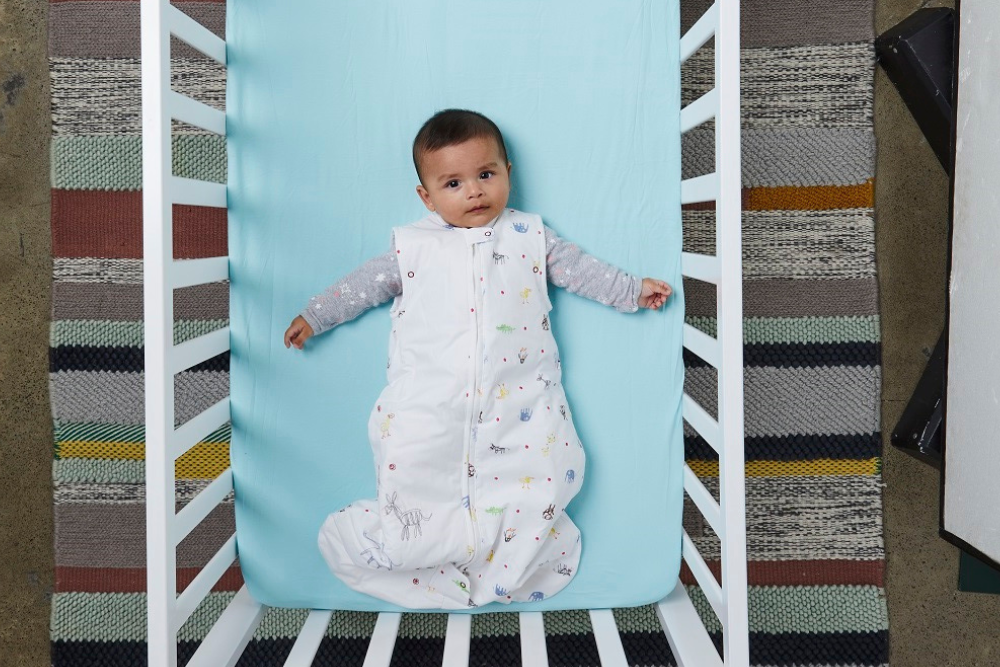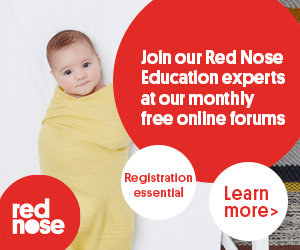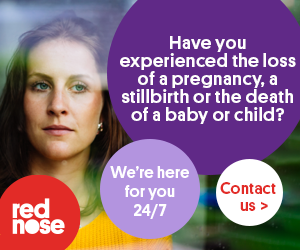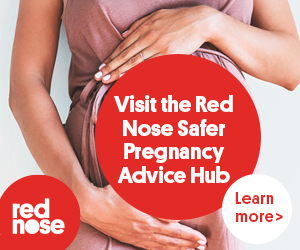Congratulations on your new baby! There’s no doubt preparing for and welcoming your bub as a new dad is a special and exciting time. But it can also be overwhelming. Good planning will help take some pressure off and give you and your partner more time to bond and get to know your baby.
Red Nose Chief Midwife Jane has created this special Essentials Checklist for dad to make things easier when baby finally arrives!
10 things you can do now to prepare for baby’s arrival
1) Attend antenatal classes with your partner
Antenatal classes, also called birth or parenting classes, help you and your partner to get ready for labour, birth, breastfeeding, and caring for your new baby.
For dads these classes can help you feel more confident as the birth approaches, as they will teach you what to expect and how you can support your partner during their pregnancy, labour and the critical first few weeks once baby comes home.
You will also learn practical parenting skills such as dressing, settling, playing, bathing and nappy changing, so you can confidently start caring for baby as soon as they arrive.
2) Pack Your Hospital Bag
Yes you’ve got a due date, but you just never really know when baby’s going to come! Your baby might arrive earlier than expected, so we recommend having your hospital bag packed and ready to go from around 35 weeks of pregnancy.
You should include all of things you, your partner, and your new bub will need for a comfortable stay in hospital and for baby’s trip home.
3) Build Baby’s furniture now – don’t procrastinate
The last thing you want to be doing is building furniture after baby has come home and you’re sleep deprived!
Putting together furniture is no one’s idea of fun, but think of it as one of your first acts of being a new dad: getting baby’s nursery set up, so they can sleep safe and sound right from day one.
4) Get your infant car restraint fitted now
From baby’s very first car trip home from hospital, you will need a baby car restraint. You should only choose a car restraint that meets the Australian safety standard (AS/NZS 1754) and the one that’s the correct size for your baby’s age and developmental stage.
But it’s not enough just to buy the restraint, it’s also important that you get the restraint professionally installed.
Going with a second-hand or hand-me-down car restraint? A second-hand car restraints is okay to use, as long as it still meets the Australia safety standard, is in good condition, and is professionally installed – never use a car restraint if it’s been in an accident, even a minor one.
5) Sleep baby in their own safe sleep space in the parent or caregiver’s room for the first 6 months
This is an important one for helping both you and your partner settle into your new role as parents and to avoid unnecessary angst. The point is to agree upfront how you will divide work between you, so you both feel supported by each other. It will also mean you each get plenty of baby time, and as much sleep as possible.
For example, you could decide who is changing nappies, who is getting up in the night for feeds, and who will be doing the laundry and dishes.
6) Buy seasonally appropriate clothes
Baby clothes sure are cute, but remember babies grow incredibly fast, so what fits them in week 1 may already be too small by week 5.
It’s also important to dress baby according to the weather. Babies should be dressed so they are comfortably warm, not too hot or too cold. Consider which season baby will be born in and then buy newborn clothes that are appropriate for that temperature.
If you’re having a baby shower, your guests are more likely to give you presents that are cute, but not necessarily the most practical. Baby might look cute, but it’s no good if they’re too cold or too hot, or if they are unsuitable for sleep.
7) Buy four weeks’ worth of nappies and other hygiene essentials
The last thing you’ll want to do once baby arrives is constant trips to the supermarket for essentials like wipes, nappies, nappy rash cream or breast and maternity pads.
Don’t go overboard, but you can prepare ahead of time by ensuring you have about a month’s worth of essentials – especially nappies. You will go through more nappies than you think you will – a good rule is 8-10 disposable and up to 15 cloth nappies a day for a newborn.
8) Prepare and freeze 2 weeks’ worth of meals
Another way to take the pressure off is to cook and freeze some easy to reheat meals. When baby arrives, nobody in the house is going to want to cook, especially if you’re tired.
Take the weeks before baby’s due date to stock up on meals – make double portions, eat half and freeze the rest. Then all you have to do is reheat it and the work is done.
9) Create a list of important phone numbers
Create a list of important contacts and emergency phone numbers to have on hand in case you need them in a hurry. Add them as contacts to your phone and your partner’s phone, so you’ll always have them with you.
It’s also helpful to make two paper copies – one for the nappy bag, and one for the fridge for you or for visitors to access should they need it.
10) Learn how to practice safe sleeping to reduce the risk of sudden infant death
Sadly babies do still pass away from sudden infant death and fatal sleeping accidents in Australia each year. But there are ways to reduce your risk. The best thing you can do to help keep your baby safe is to follow the Red Nose Safe Sleep Recommendations for all sleeps, both night and day.
These recommendations are based on three decades of health and medical research and have resulted in an 85 per cent reduction in sudden infant deaths and sleeping accidents in Australia since they were introduced in 1988.
Red Nose Six Safe Sleeping Recommendations
Red Nose recommends six key steps for babies 0-12 months to reduce the risk of sudden infant death.
1) Always place baby on their back to sleep – never on the tummy or side
2) Keep baby’s face and head uncovered
3) Keep baby smoke free, before and after birth
4) Safe Sleeping environment, night and day
5) Sleep baby in a safe cot in your room with you for the first 6-12 months
6) Breastfeed baby.
For more information and advice, visit the Red Nose Safe Sleeping Advice Hub or call the Red Nose Safe Sleep Advice Line on 1300 998 698.
The original article can be viewed at Rednose.org.au
To view on YouTube:



